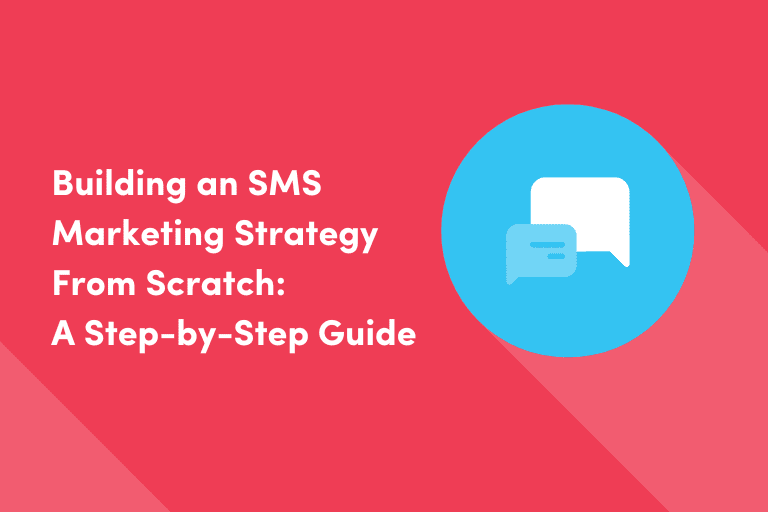

The Savvy Marketer’s Guide to Building a Stellar SMS Strategy



Demystify the challenges around SMS in this step-by-step guide for building an SMS program.
The Savvy Marketer’s Guide to Building a Stellar SMS Strategy



Demystify the challenges around SMS in this step-by-step guide for building an SMS program.


Introduction
When it comes to marketing messages, SMS (Short Message Service) enables near real-time connection and engagement at scale, making it a truly invaluable medium for brands to deliver joyful and harmonized customer experiences across the lifecycle.
The ubiquity of SMS provides marketers access to a massive swath of consumers whom they can highly target and engage without racking up hidden costs or incremental CPMs. And given its intimate and immediate nature, SMS can be highly effective for building trust, rewarding loyalty, and driving deeper customer engagement— especially when integrated with other marketing channels.
And with the right strategy and solution in place, SMS also yields core engagement metrics so marketers can quickly determine which interactions are working and which ones aren’t—and iterate accordingly.
These characteristics all factor into why the average open rate for SMS is 98%, with 90% of texts being read within three minutes.
Yet, despite the reach, loyalty-building, and measurability of SMS, only 20% of consumer brands actually send SMS messages to their customers. That’s because many are scared off by the perceived complexity, legal, and carrier compliance confusion surrounding the channel.
Determining, and then registering, the right types of numbers you’ll need to send SMS messages can seem daunting on its own. And then there are all the additional factors you need to nail to ensure healthy delivery of your SMS messages, like figuring out long codes vs. short codes, marketing vs. transactional use cases, customer opt in/out, and more.
We know that sounds like a lot of red tape to cut through. But at the end of the day, the benefits far outweigh the risks—especially as marketers face rising customer acquisition costs, decreased data availability, and browser privacy changes. With the right knowledge base, tools, and partners, savvy marketers can use SMS as part of their cross-channel marketing strategy to boost engagement, retention, and revenue.
In this guide, we’ll demystify the challenges around SMS and we’ll provide step-by-step guidance for building an SMS strategy catered to your organization’s— and your customers’—specific needs and use cases.



































